Drawing From Life: Benefits and Tips
Drawing from life is not just an exercise; it’s an invitation to engage with the world around you in a way that few other artistic practices can offer. Imagine standing in front of a model, pencil in hand, as you translate the three-dimensional form into two-dimensional lines and shades. This experience is not merely about replication; it’s about understanding, interpreting, and connecting with your subject on a profound level. In this article, we will explore the myriad benefits of life drawing, share practical tips to enhance your skills, and provide insights into the artistic process. By the end, you'll discover how drawing from life can enrich your artistic journey and transform the way you see the world.
At its core, life drawing is a fundamental practice for artists of all levels. It serves as a crucial stepping stone for beginners who are just starting their artistic journey, as well as for seasoned artists looking to refine their skills. Why is this practice so essential? Well, life drawing enhances your observation skills and deepens your understanding of human anatomy, which is vital for creating realistic and expressive artwork. When you draw from life, you learn to see beyond the surface, capturing not just the physical characteristics of your subject but also its essence.
Engaging in life drawing offers a plethora of benefits that can significantly enhance your artistic practice. Here are some key advantages:
- Enhanced Creativity: Life drawing encourages you to think outside the box and explore new ideas, leading to innovative artistic expressions.
- Improved Technical Skills: Regular practice hones your ability to depict proportions, perspectives, and textures accurately.
- Deeper Connection: Drawing from life fosters a stronger bond with your subject, allowing you to convey emotions and narratives through your art.
These advantages can transform your artistic approach, leading to not just better drawings, but a more fulfilling creative journey.
One of the most significant benefits of life drawing is the enhancement of your observation skills. It’s about training your eyes to notice the subtleties in your subject, from the way light falls across a shoulder to the intricate curves of a hand. To cultivate keen observation, consider the following techniques:
- Practice drawing quickly to capture the essence of your subject.
- Use a grid method to compare proportions accurately.
- Take breaks to step back and view your work from a distance.
These practices are essential for any artist seeking to improve their work, as they encourage a more profound understanding of form and space.
Understanding and capturing proportions is crucial in life drawing. To achieve realistic representations in your artwork, consider these tips:
- Measure with your pencil: Hold your pencil at arm's length to gauge the size of different elements.
- Use comparative measurement: Compare different parts of your subject to one another to maintain proportional accuracy.
By mastering proportions, you can create more lifelike and compelling artworks that resonate with viewers.
Gesture drawing is a fantastic way to capture the essence and movement of a subject. This practice emphasizes spontaneity and fluidity, allowing you to convey the dynamic nature of your subject. To practice gesture drawing effectively, try:
- Limiting your time: Set a timer for quick sketches to encourage rapid observation.
- Focusing on movement: Capture the flow and energy of your subject rather than getting bogged down in details.
These methods will help you develop a more expressive drawing style that communicates the vitality of your subjects.
Regular practice in life drawing can significantly boost your confidence. The challenges you face while drawing from life—whether it’s capturing an awkward pose or struggling with proportions—are opportunities for growth. Each session builds resilience and self-assurance, translating to greater confidence in your overall artistic abilities. The more you practice, the more you realize that mistakes are part of the learning process, and each drawing is a stepping stone toward mastery.
To maximize your life drawing sessions, there are specific techniques and approaches you can employ. Here are some practical tips to help you make the most of your drawing experience:
Selecting a model that inspires you is vital for a productive session. Whether it’s a friend, a professional model, or even a family member, the right model can ignite your creativity and enhance your focus. Look for someone whose features, expressions, or poses resonate with your artistic vision.
Creating an inviting and functional workspace enhances your drawing experience. Arrange your environment to foster creativity and concentration. Consider factors like lighting, seating comfort, and the distance from your model. A well-set workspace can make all the difference in your productivity and enjoyment during life drawing sessions.
Q: How often should I practice life drawing?
A: Aim for at least once a week to see significant improvement in your skills.
Q: Do I need special materials for life drawing?
A: While professional materials can enhance your experience, basic pencils and paper are sufficient to start.
Q: Can I draw from photographs instead of live models?
A: Yes, but drawing from life offers unique benefits that photographs cannot replicate.

The Importance of Life Drawing
Life drawing is more than just a practice; it’s a vital stepping stone for artists at any stage of their journey. Whether you’re a novice picking up a pencil for the first time or a seasoned professional looking to refine your skills, drawing from life lays the groundwork for better artistry. It’s like training for an athlete; the more you practice, the stronger and more agile you become. By observing and capturing the human form, artists develop a deeper understanding of anatomy, proportions, and movement, which are essential elements in creating compelling artwork.
One of the primary reasons life drawing is so important is that it enhances your observation skills. In a world filled with distractions, honing the ability to focus on details is invaluable. When you draw from life, you’re not just replicating what you see; you’re learning to notice subtle variations in light, shadow, and texture. This heightened awareness translates into your artwork, allowing for more dynamic and realistic pieces. It's akin to tuning a musical instrument; the more you practice, the more in tune you become with your subject.
Additionally, life drawing cultivates a profound understanding of human anatomy. Knowing how muscles and bones interact beneath the skin will empower you to create figures that are not only lifelike but also expressive. For instance, consider how the way a person stands can convey emotion—confidence, fear, joy, or sadness. By studying the human form, you can capture these nuances, making your art resonate with viewers on a deeper level.
Moreover, the practice of life drawing fosters a sense of community among artists. Participating in group sessions can lead to valuable feedback and inspiration. Sharing insights and techniques with fellow artists can ignite creativity and push you out of your comfort zone. It’s like being part of a band; each member contributes their unique sound, creating a harmonious whole. In this way, life drawing not only enhances your skills but also enriches your artistic network.
In summary, life drawing is a fundamental practice that serves multiple purposes. It sharpens your observation skills, deepens your understanding of anatomy, and fosters a sense of community among artists. By committing to this practice, you’re not just improving your technical abilities; you’re embarking on a journey that will profoundly influence your artistic expression.
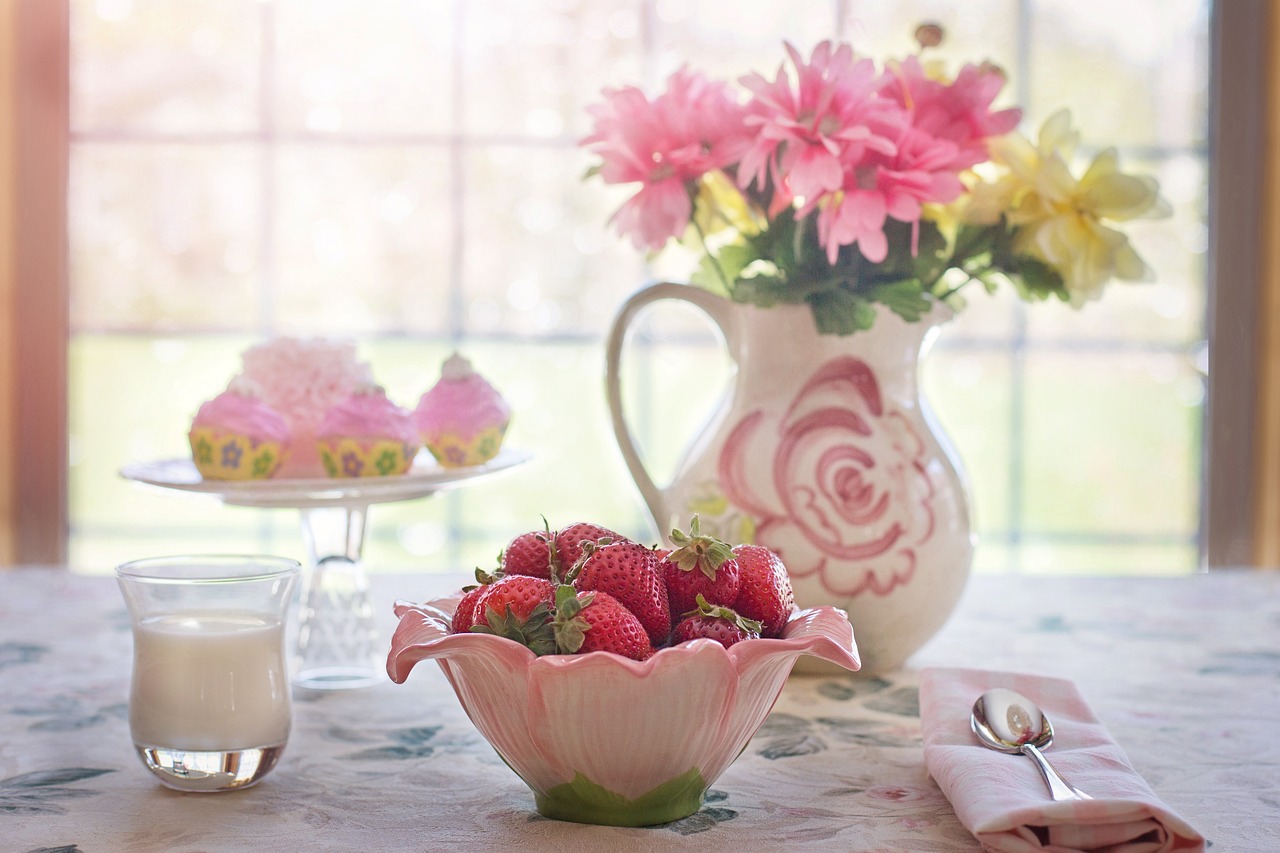
Benefits of Drawing from Life
Engaging in life drawing is not just about putting pencil to paper; it’s a transformative experience that can significantly enhance your artistic journey. When you draw from life, you’re not merely replicating a static image; you’re immersing yourself in a dynamic world filled with textures, shadows, and emotions. This practice opens up a treasure trove of benefits that can elevate your skills and inspire your creativity.
One of the most profound advantages of life drawing is the way it enhances your creativity. By observing real-life subjects, you learn to see beyond the surface and capture the essence of what you’re drawing. This experience can lead to innovative ideas and unique interpretations that you might not achieve through photographs or imagination alone. Imagine standing in front of a live model, feeling the energy in the room; it’s this vibrant atmosphere that fuels your creativity, allowing you to explore new artistic avenues.
Moreover, drawing from life significantly improves your technical skills. When you sketch a live subject, you are constantly challenged to adapt to changing angles, lighting, and poses. This practice hones your ability to depict accurate proportions and perspectives, making you a more versatile artist. For instance, consider how a dancer’s pose might shift in an instant; capturing that movement requires not just observation but also quick thinking and adaptability. As you practice, these technical skills become second nature, empowering you to tackle more complex compositions with confidence.
Another remarkable benefit is the deeper connection you develop with your subject. When you draw from life, you engage with your model on a personal level. You begin to appreciate the subtleties of human expression, the way light interacts with skin, and the intricate details that make each person unique. This connection can lead to more meaningful artwork; your drawings become not just representations but stories that resonate with viewers. Think of your artwork as a bridge that connects your emotions and experiences to those of the audience.
Furthermore, life drawing can serve as a powerful tool for self-discovery. As you push through the challenges of capturing a live subject, you may uncover aspects of your artistic voice that you hadn’t recognized before. The struggle to accurately depict a model’s pose or expression can lead to breakthroughs in your style and technique. It’s like embarking on a journey where each session reveals new insights about your capabilities and preferences as an artist.
In summary, the benefits of drawing from life are vast and impactful. From enhancing creativity and technical skills to fostering a deeper connection with your subjects and promoting self-discovery, life drawing is an invaluable practice for artists at any stage of their journey. So, why not grab your sketchbook and dive into the world of life drawing? You might just find that it transforms not only your artwork but also your perspective as an artist.
- What materials do I need for life drawing? Basic materials include sketch paper, pencils, charcoal, and erasers. As you progress, you can experiment with different mediums like ink or pastels.
- How often should I practice life drawing? Regular practice is key! Aim for at least once a week, but the more often you draw from life, the faster you’ll improve.
- Can I draw from photographs instead of live models? While photographs can be helpful, drawing from life offers a unique opportunity to observe and capture the nuances of your subject that photos may not convey.
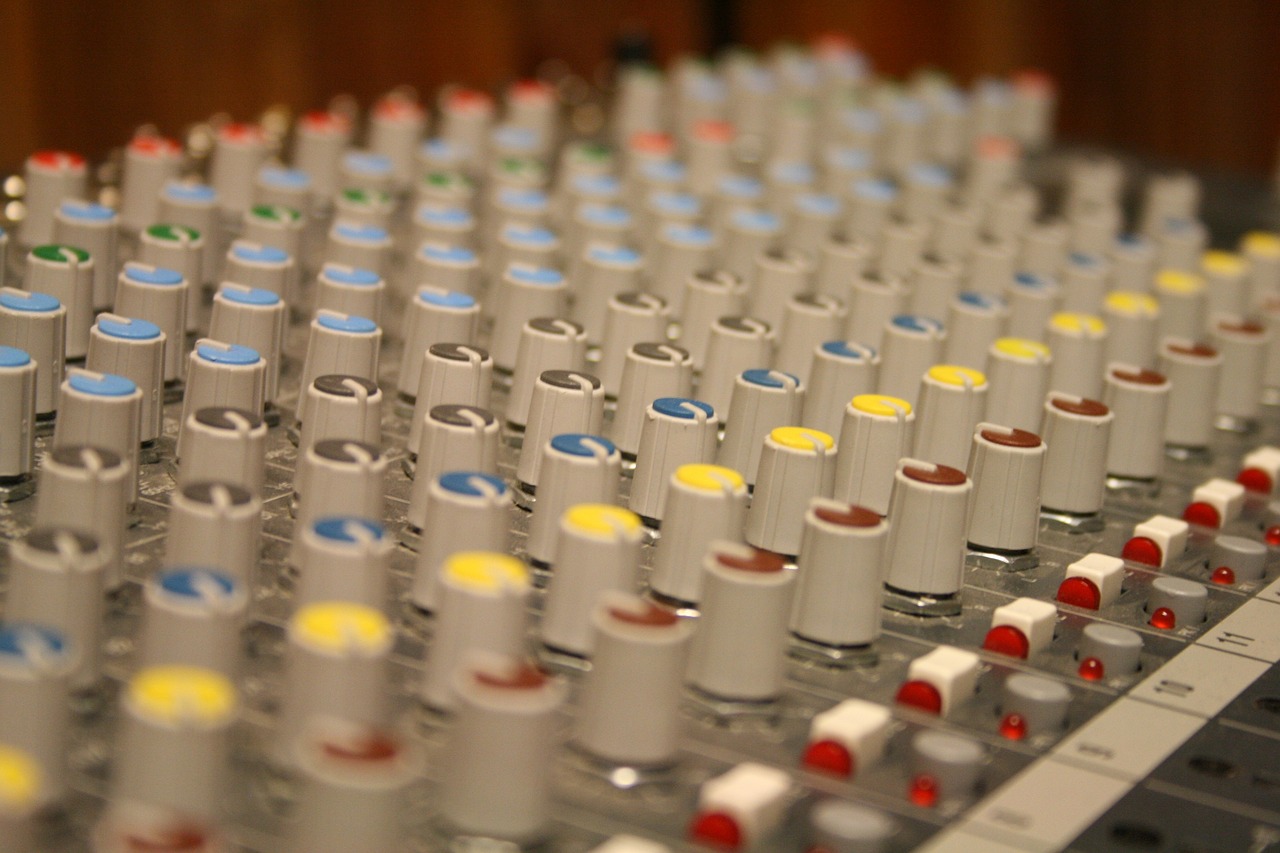
Enhancing Observation Skills
When it comes to drawing from life, one of the most critical skills an artist can develop is the ability to observe. It’s not just about putting pencil to paper; it’s about seeing the world in a way that most people don’t. Think of your eyes as a camera lens, capturing details that the average observer might miss. This is where the magic happens—when you learn to notice the subtleties of light, shadow, and form, your drawings will transform from mere representations to vivid expressions of reality.
To enhance your observation skills, you can employ several techniques that will sharpen your ability to see and translate what you observe onto the page. First, consider practicing the art of slow observation. Instead of hastily sketching, take your time to really look at your subject. Observe how light interacts with the surfaces, the way shadows fall, and the relationships between different elements. This method is akin to savoring a fine wine; the more time you spend with it, the more flavors you discover.
Another effective technique is to use gesture drawing. This involves quickly capturing the essence of a pose or movement, typically within a short time frame, such as 30 seconds to 2 minutes. The goal here is not precision but to convey the movement and energy of the subject. By practicing gesture drawing, you train your eye to pick out the most significant aspects of a pose, which helps in developing a more dynamic and fluid style in your longer drawings.
Additionally, consider the following tips to further enhance your observation skills:
- Use a Viewfinder: Creating a simple viewfinder using your fingers or a piece of cardboard can help you focus on specific sections of your subject, allowing you to break down complex scenes into manageable parts.
- Practice Blind Contour Drawing: This technique involves drawing the outline of a subject without looking at your paper. It forces you to observe closely and builds a stronger connection between your hand and your eyes.
- Take Breaks: Stepping back from your work periodically allows you to see it with fresh eyes. This can help you spot inaccuracies in proportions or values that you might miss when too close to the drawing.
Remember, enhancing your observation skills is a journey, not a destination. Each drawing session is an opportunity to improve, so embrace the process. As you become more attuned to the details around you, your artistic voice will grow stronger, and your ability to convey emotion and realism in your artwork will flourish. So, grab that sketchbook, and let your eyes do the talking!

Focusing on Proportions
When it comes to life drawing, proportions are everything. Think of proportions as the backbone of your artwork; without them, your drawing can quickly become distorted and unrecognizable. To truly capture the essence of your subject, whether it's a human figure or an object, you need to develop an eye for measuring and comparing sizes accurately. This isn't just about getting things 'right'; it's about understanding relationships between different parts of your subject. Imagine trying to build a house without a solid foundation—your artwork needs that same stability.
One effective way to hone your skills in proportion is to utilize the grid method. This technique involves overlaying a grid on your reference image and then replicating that grid on your drawing surface. By focusing on one square at a time, you can break down complex shapes into manageable sections, making it easier to maintain accurate proportions. You might be surprised at how much easier it is to replicate the intricate details when you’re not overwhelmed by the whole picture at once!
Another approach is to practice measuring with your pencil. Hold your pencil at arm's length and use it as a measuring tool. By closing one eye and aligning your pencil with the height of your subject, you can gain a better understanding of its proportions in relation to other elements. This technique can be particularly useful when drawing live models, as it allows you to adjust your drawing in real-time, ensuring you capture the right proportions as they shift and move.
To aid in your understanding of proportions, consider the following key points:
- Use reference points: Identify key areas on your subject, such as the head, shoulders, and hips, to establish a baseline for proportions.
- Compare sizes: Look for relationships between different parts of the body or object. For instance, the length of the arm compared to the torso can provide insight into overall proportions.
- Practice regularly: The more you draw, the more intuitive your understanding of proportions will become. Consistency is key!
Ultimately, focusing on proportions will not only improve the accuracy of your drawings but also enhance your overall artistic expression. As you become more comfortable with measuring and capturing proportions, you'll find that your confidence grows alongside your skills. So grab your pencil, set up your canvas, and dive into the world of life drawing with a keen eye for proportions!
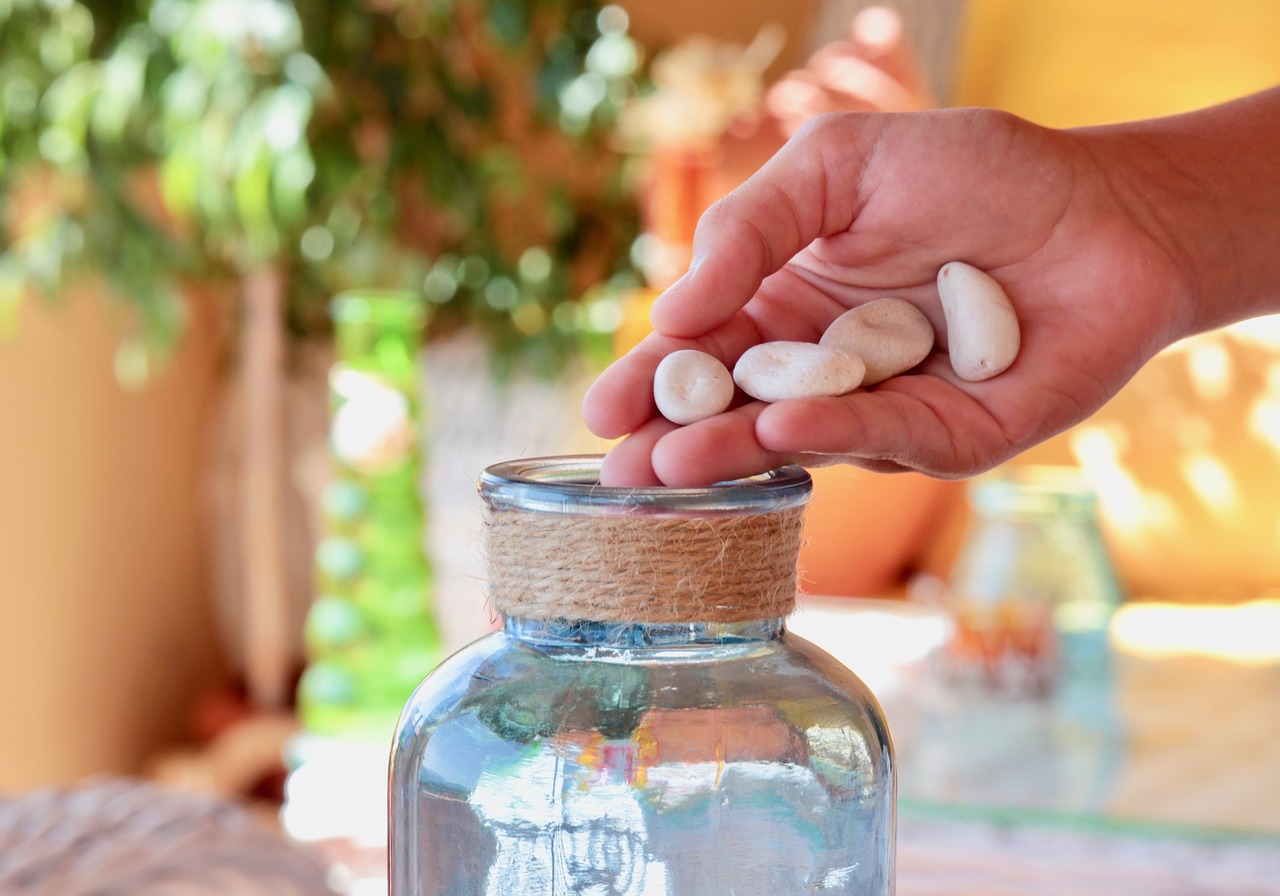
Developing Gesture Drawing
Gesture drawing is an exciting and dynamic way to capture the essence of a subject in just a few strokes. It’s like trying to catch a fleeting moment, much like trying to hold onto a wisp of smoke. The goal here is not to create a detailed representation but to convey movement, posture, and emotion. When you engage in gesture drawing, you're essentially translating the energy and life of the subject onto your paper. This practice can breathe vitality into your artwork and improve your overall drawing skills.
To effectively develop your gesture drawing skills, consider these key approaches:
- Short Time Frames: Set a timer for quick sketches, typically ranging from 30 seconds to 2 minutes. This urgency forces you to focus on the most critical aspects of the pose, honing your ability to see and capture movement.
- Fluid Lines: Use continuous lines to create your drawings without lifting your pencil. This technique encourages a sense of fluidity and helps you focus on the overall form rather than getting bogged down in details.
- Variety in Poses: Experiment with different poses and angles. Each position offers a unique challenge and helps you understand how the human body moves in space. Don't shy away from unconventional poses; they can lead to some of the most exciting sketches!
As you practice, remember that the essence of gesture drawing lies in its spontaneity. Think of it as a dance between you and your subject, where each movement is an opportunity to express something new. You might find that the more you practice, the more your confidence grows. This newfound assurance will not only enhance your gesture drawing but will also positively influence your overall artistic expression.
Incorporate gesture drawing into your regular practice, and you’ll likely notice a significant transformation in your ability to depict not just the human figure but any subject matter. It’s about capturing the spirit of the moment, and every sketch you make is a step closer to mastering that skill.
- What is gesture drawing? Gesture drawing is a quick sketching technique that captures the basic form and movement of a subject, focusing on the overall pose rather than details.
- How long should I spend on gesture drawings? Typically, gesture drawings are done in short time frames, ranging from 30 seconds to 2 minutes, to encourage quick observation and fluidity.
- Can gesture drawing help improve my overall drawing skills? Absolutely! Regular practice of gesture drawing enhances observation skills, boosts confidence, and helps capture movement and emotion in your artwork.
- Do I need a model for gesture drawing? While having a live model is ideal, you can also practice gesture drawing using photographs or even by observing people in public spaces.
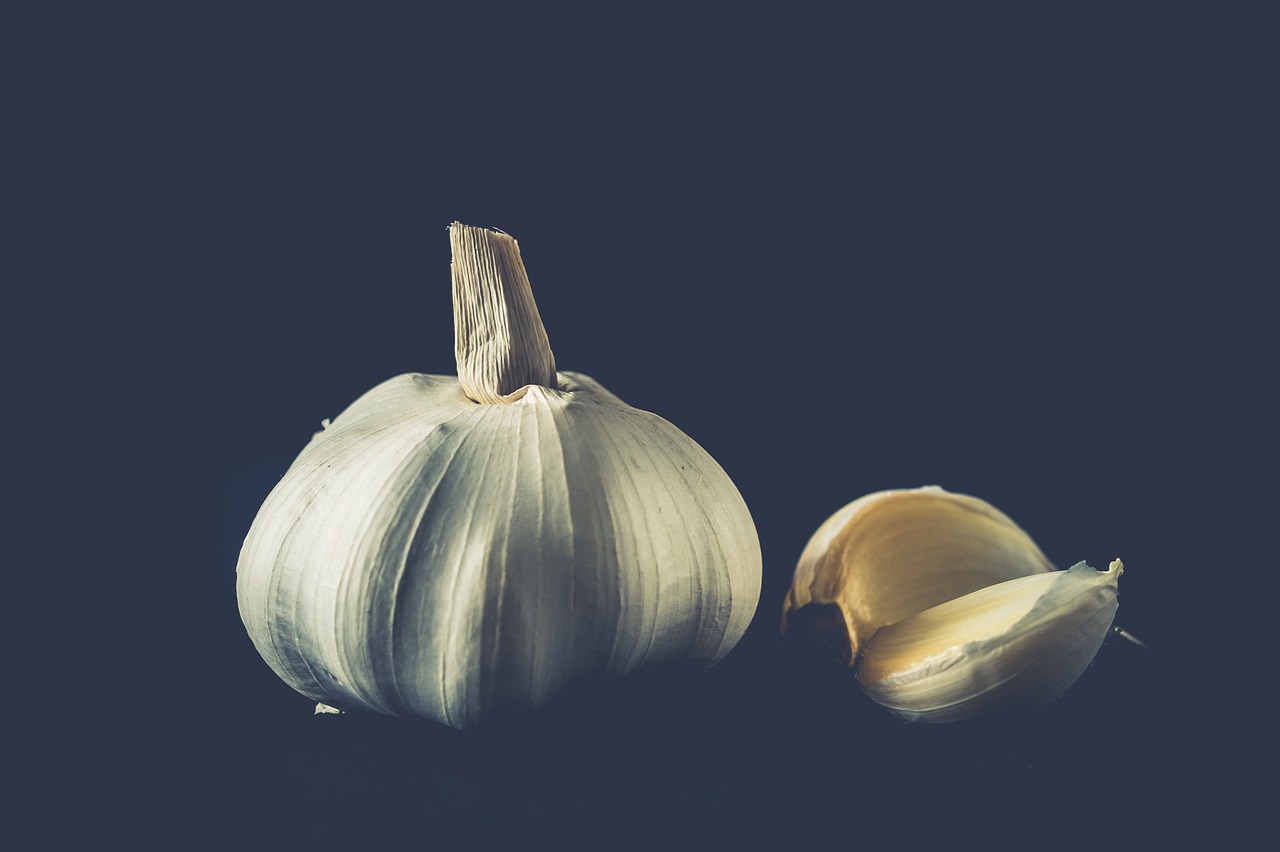
Building Confidence as an Artist
As an artist, building confidence is akin to nurturing a delicate plant—it requires time, care, and the right environment to flourish. Regular practice in life drawing plays a pivotal role in this journey. When you engage with real-life subjects, you not only hone your technical skills but also confront your fears and insecurities head-on. Each stroke of your pencil or brush becomes a step towards greater self-assurance, allowing you to express your creativity without the heavy burden of self-doubt.
Imagine standing before a live model, the air thick with anticipation. Your heart races, and your hands tremble slightly, but as you begin to draw, something magical happens. You become absorbed in the moment, focusing on the lines, shadows, and forms before you. This immersion is a powerful antidote to hesitation. With every session, you learn to embrace mistakes as part of the artistic process. Instead of viewing errors as failures, you start to see them as opportunities for growth. This shift in mindset is crucial for building confidence.
Moreover, life drawing sessions often take place in a supportive community of fellow artists. Sharing your work and receiving constructive feedback can be incredibly empowering. You realize that everyone is on a similar journey, facing their own challenges and triumphs. This camaraderie can bolster your confidence, reminding you that you are not alone in your artistic pursuits. Engaging with peers can also inspire new ideas and techniques, further enriching your artistic practice.
Here are a few ways life drawing can help you build confidence:
- Embracing Vulnerability: Each drawing session challenges you to step out of your comfort zone, helping you become more comfortable with vulnerability.
- Setting Realistic Goals: By setting achievable goals for each session, you can track your progress and celebrate small victories, which boosts your self-esteem.
- Learning from Critique: Constructive criticism from peers can help you identify areas for improvement, making you a more resilient artist.
In essence, building confidence as an artist is a journey. Life drawing acts as both a mirror and a mentor, reflecting your growth while guiding you toward new heights. With each session, you not only improve your skills but also cultivate a deeper belief in your artistic voice. So, grab your sketchbook, embrace the challenge, and let the process of drawing from life empower you like never before!
Q: How often should I practice life drawing to build confidence?
A: Ideally, try to practice at least once a week. Consistency is key in developing your skills and confidence.
Q: What if I feel intimidated by drawing from a live model?
A: It's completely normal to feel intimidated! Start with shorter sessions or practice with friends to ease into the experience.
Q: Can life drawing help me in other areas of art?
A: Absolutely! The skills you develop in life drawing, such as observation and proportion, are transferable to other artistic disciplines.
Q: What materials do I need for life drawing?
A: Basic materials include sketch paper, pencils, charcoal, and an eraser. As you progress, you can experiment with different mediums.

Tips for Effective Life Drawing
When it comes to life drawing, the right approach can make all the difference in your artistic journey. Whether you're just starting out or looking to refine your skills, implementing a few key strategies can elevate your practice. First and foremost, it's crucial to choose the right model. A model that resonates with you can inspire creativity and bring energy to your work. Think about the qualities that attract you to a subject—perhaps it’s their unique features, the way they pose, or even their emotional expression. Finding a model who embodies these traits can significantly enhance your drawing experience.
Next, consider your workspace setup. An inviting and functional environment can lead to a more productive session. Make sure your space is well-lit and free from distractions. Arrange your materials within arm's reach, and ensure your drawing surface is comfortable for long periods of work. If possible, create a dedicated area for your art practice; this can help signal to your brain that it’s time to focus and create. You might even want to personalize your workspace with inspiring artwork or motivating quotes.
Another essential tip is to warm up before diving into your session. Just like athletes stretch before a game, artists benefit from warming up their hands and minds. Spend a few minutes sketching quick studies or practicing gesture drawing to get the creative juices flowing. This not only helps loosen your hand but also prepares your mind for the challenges ahead. Remember, the goal here is not perfection but rather to embrace the process and enjoy the act of drawing.
Additionally, don’t forget to experiment with different techniques. Life drawing is an opportunity to explore various styles and methods. Whether you prefer charcoal, pencil, or ink, each medium offers unique benefits and challenges. Try switching up your tools or even the paper you’re using to see how it affects your work. You might discover a new favorite technique that enhances your artistic expression.
As you progress, be sure to reflect on your work. After each session, take a moment to assess what you’ve created. Ask yourself what worked well and what didn’t. This reflection can lead to valuable insights that inform your future practice. Consider keeping a sketchbook where you document your thoughts, progress, and any techniques you want to revisit. Over time, you’ll notice patterns and improvements in your skills.
Finally, don't shy away from seeking feedback. Sharing your work with fellow artists or mentors can provide you with fresh perspectives and constructive criticism. Join a local art group or online community where you can exchange ideas and experiences. Engaging with others can motivate you to push your boundaries and explore new artistic avenues.
In summary, effective life drawing is about more than just putting pencil to paper; it’s about creating an environment that nurtures your creativity, selecting inspiring subjects, and continually pushing yourself to grow. With these tips in mind, you’re well on your way to enhancing your life drawing skills and enriching your artistic journey.
- What materials do I need for life drawing? Basic materials include sketch paper, pencils, charcoal, and an eraser. You can also explore different mediums like pastels or ink.
- How often should I practice life drawing? Regular practice is key. Aim for at least once a week to see noticeable improvements.
- Can I practice life drawing at home? Absolutely! You can use friends or family as models, or even draw from photographs if a live model isn’t available.
- What should I focus on as a beginner? Start with basic shapes and proportions, then gradually work on capturing movement and expression.

Choosing the Right Model
When it comes to life drawing, selecting the right model can make all the difference in your artistic journey. Think of your model as the canvas upon which your creativity will unfold; their presence can inspire or hinder your artistic expression. So, how do you go about choosing the perfect model? It’s not just about finding someone who can sit still; it’s about finding a person who resonates with your artistic vision and goals.
First and foremost, consider the style of art you want to create. Are you aiming for realistic portraits, abstract interpretations, or perhaps something in between? Different models will bring different energies and characteristics to your work. For instance, a model with dynamic features may lend themselves well to dramatic, expressive pieces, while a more classical figure might suit traditional styles. Think of your model as a collaborator in your artistic process.
Next, diversity plays a crucial role in enhancing your skills. Working with models of various body types, ages, and ethnicities can expand your understanding of human anatomy and improve your versatility as an artist. Each model presents unique challenges and learning opportunities, which can enrich your portfolio and artistic voice. So, don’t shy away from seeking out a variety of models; it’s like adding different spices to your artistic stew!
Additionally, it’s essential to establish a comfortable atmosphere for both you and your model. A relaxed environment can lead to more natural poses and expressions, making your drawing sessions more productive. Whether it’s playing soft music, ensuring good lighting, or providing breaks during long sessions, these small details can significantly enhance the experience.
Here are a few tips to keep in mind when choosing the right model:
- Communication: Discuss expectations, comfort levels, and poses beforehand to ensure a smooth session.
- Availability: Consider the model’s schedule and your own; consistent sessions can lead to better results.
- Inspiration: Choose someone who inspires you visually or emotionally, as this will reflect in your work.
In conclusion, taking the time to choose the right model is an investment in your artistic growth. By considering factors such as style, diversity, and comfort, you can create a more enriching and enjoyable life drawing experience. Remember, your model is more than just a subject; they are an integral part of your creative process. So, choose wisely, and let your artistic journey flourish!
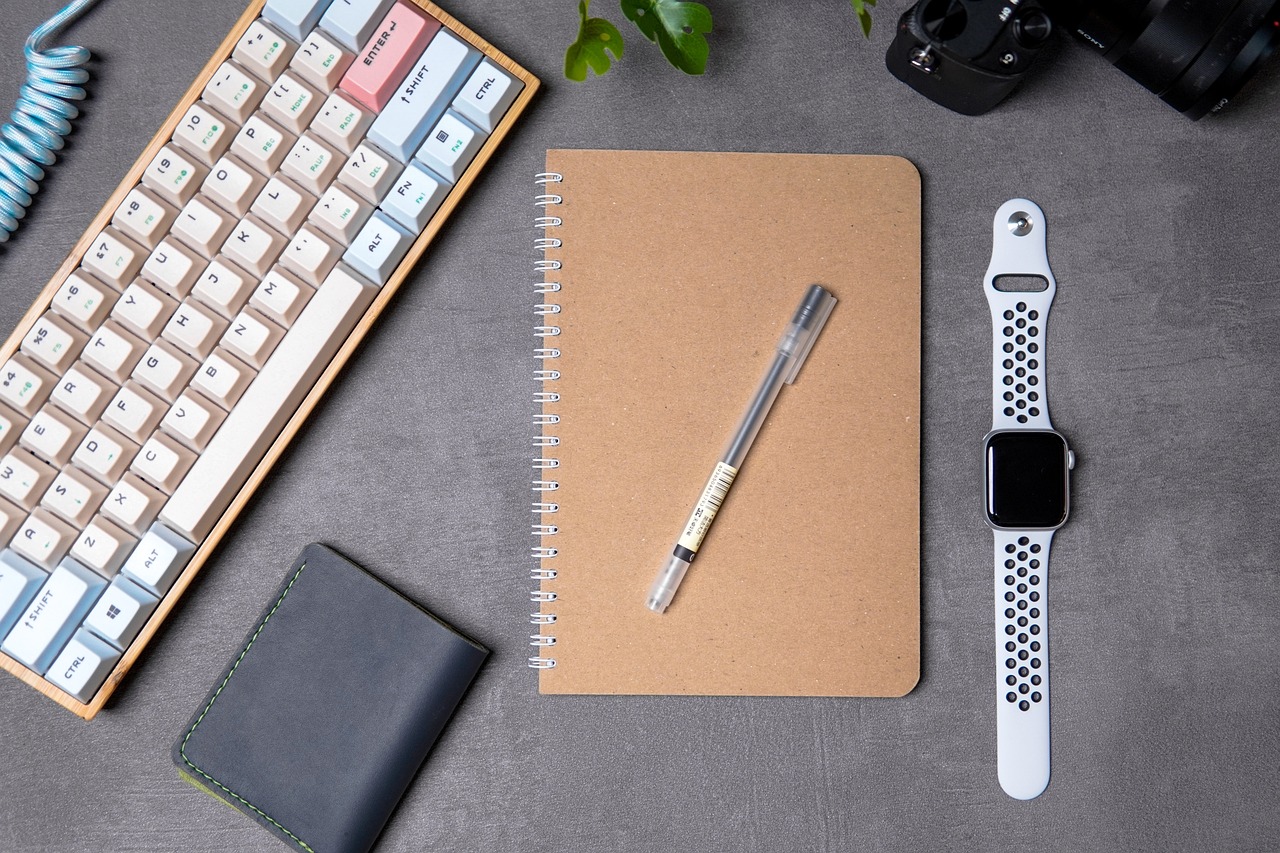
Setting Up Your Workspace
Creating an inviting and functional workspace is crucial for any artist, especially when it comes to life drawing. Imagine stepping into a space that not only inspires creativity but also encourages focus and productivity. The right environment can make all the difference in your artistic journey. So, what should you consider when setting up your workspace?
First and foremost, lighting plays a vital role in your drawing experience. Natural light is often the best choice, as it provides a balanced illumination that reveals the true colors and details of your subject. If you're working indoors, try to position your workspace near a window. However, if natural light isn't an option, invest in good quality artificial lighting that mimics daylight. This will help you avoid the frustration of working in dim conditions where shadows obscure your view.
Next, think about your workspace layout. An organized and clutter-free area allows you to focus solely on your drawing without unnecessary distractions. Make sure your drawing surface is at a comfortable height, whether you prefer to sit or stand. You might want to use an easel or a drawing board that can be adjusted to suit your needs. Additionally, keep your materials—pencils, charcoal, paper, and erasers—within arm's reach. This way, you won’t waste precious time searching for supplies when inspiration strikes!
Another essential element is comfort. Since life drawing sessions can last for extended periods, it’s important to have a comfortable chair or stool that supports good posture. Consider using cushions or back support to prevent strain. A cozy blanket or a warm drink can also create a more inviting atmosphere, making those long sessions feel less daunting.
Don't forget about inspiration! Surrounding yourself with artwork that resonates with you can fuel your creativity. Hang up your favorite pieces or create a mood board filled with images that inspire you. This visual stimulation can spark new ideas and motivate you to push your artistic boundaries.
Finally, consider incorporating a soundtrack to your drawing sessions. Whether it’s calming instrumental music, nature sounds, or even your favorite podcast, having a background ambiance can help you get into the right mindset. Just remember to keep the volume at a level that allows you to concentrate on your work.
To summarize, here are the key components to setting up your ideal workspace:
- Lighting: Use natural light or quality artificial lighting.
- Layout: Keep your space organized and your materials accessible.
- Comfort: Invest in ergonomic seating and support.
- Inspiration: Surround yourself with motivating artwork.
- Soundtrack: Create an enjoyable auditory environment.
By paying attention to these elements, you’ll create a workspace that not only enhances your life drawing experience but also nurtures your overall artistic growth. Remember, the right environment can transform your creative process and lead to remarkable artistic breakthroughs!
Q: How do I choose the right lighting for my workspace?
A: Aim for natural light whenever possible, as it provides the best color accuracy. If that's not feasible, consider investing in daylight-mimicking bulbs to ensure your workspace is well-lit.
Q: What materials should I keep within reach while drawing?
A: Keep essential materials like pencils, charcoal, paper, and erasers within arm's reach to minimize distractions and maximize your drawing time.
Q: How can I stay comfortable during long drawing sessions?
A: Invest in a good chair or stool, use cushions for support, and take regular breaks to stretch and refresh your mind.
Q: Is it important to have a specific theme for my workspace?
A: While not mandatory, having a theme or inspiration can help create a motivating atmosphere that encourages creativity and focus.
Frequently Asked Questions
- What is life drawing and why is it important?
Life drawing is the practice of drawing the human figure from a live model. It's crucial for artists because it helps develop observation skills, enhances understanding of anatomy, and improves overall artistic techniques. Whether you're a beginner or a seasoned pro, life drawing can elevate your artistic journey.
- How does drawing from life enhance creativity?
Engaging in life drawing stimulates your creative mind by challenging you to see beyond the surface. It encourages you to interpret the world around you, leading to unique artistic expressions. The more you practice, the more your creativity flourishes, allowing you to develop a personal style that resonates with your audience.
- What techniques can help improve my observation skills?
To sharpen your observation skills, try focusing on the negative spaces around your subject, using measuring techniques like sighting, and practicing contour drawing. These methods train your eye to notice details and proportions, which are essential for creating lifelike representations in your artwork.
- How can I effectively capture proportions in my drawings?
Understanding proportions is key to realistic life drawing. You can achieve this by regularly practicing measurements and comparisons. Use a pencil as a measuring tool, hold it at arm's length, and compare the sizes of different parts of your subject. This technique will help you maintain accuracy in your drawings.
- What is gesture drawing, and why is it important?
Gesture drawing is a quick sketching technique that captures the essence and movement of a subject. It's important because it helps you understand the flow and dynamics of the figure, making your drawings more lively and expressive. Practicing gesture drawing regularly can improve your overall drawing skills.
- How can I build confidence in my life drawing abilities?
Regular practice is the best way to build confidence. As you overcome challenges in life drawing, you'll find that your skills improve, leading to greater self-assurance in your artistic capabilities. Remember, every artist starts somewhere, and consistent effort will yield results!
- What should I consider when choosing a model for life drawing?
When selecting a model, look for someone who inspires you and aligns with your artistic goals. Consider their poses, expressions, and the overall vibe they bring to the session. A model who resonates with you can make your drawing experience more enjoyable and productive.
- How can I set up my workspace for effective life drawing?
Creating an inviting workspace involves organizing your materials, ensuring good lighting, and minimizing distractions. Arrange your drawing area to promote comfort and focus, allowing your creativity to flow freely during your life drawing sessions.



















